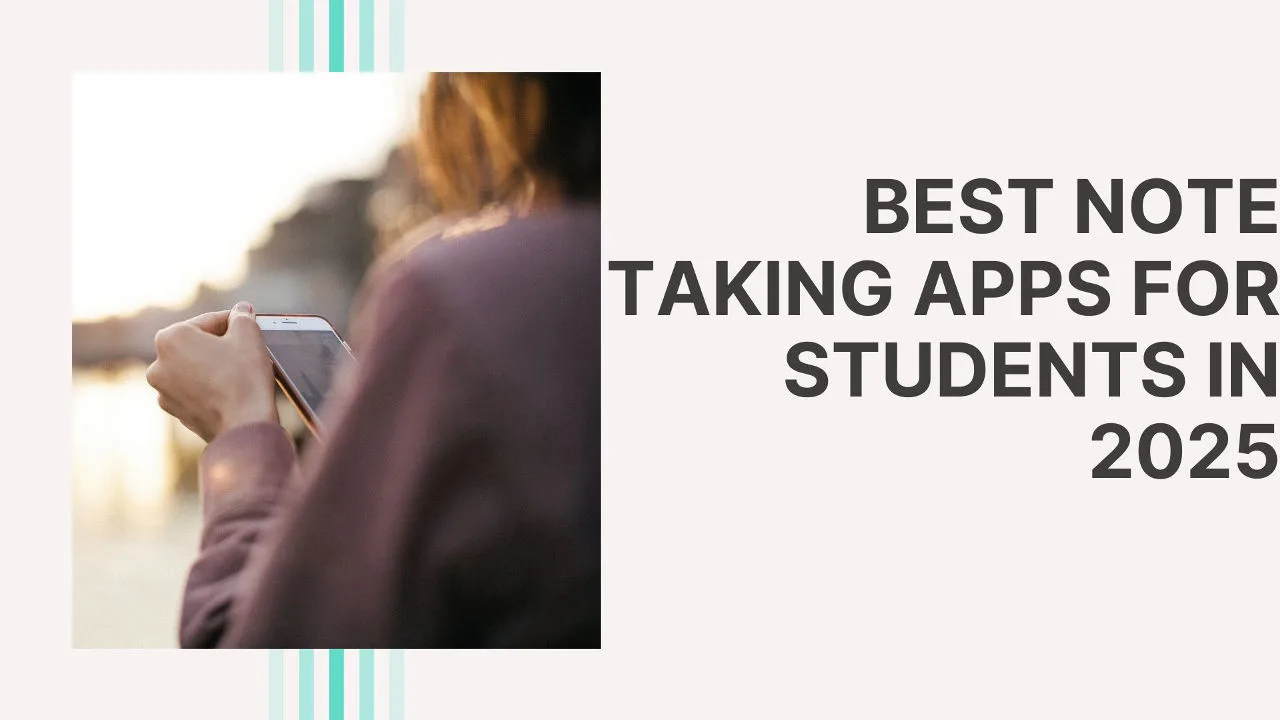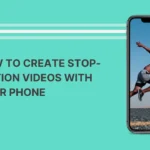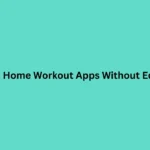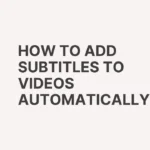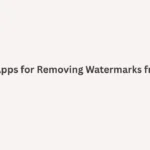For students in 2025, taking great notes means more than just writing things down. You’ll want apps that let you mix typed, handwritten, audio, image or PDF notes, sync across devices, work offline, and if possible add AI features (summaries, search, etc.). Below are some of the top note-taking apps for students this year, plus how to choose, and tips to use them well.
What Students Need from a Note-Taking App
Before listing apps, here are key features students often look for:
- Cross-platform sync – Use the same notes on PC, phone, tablet, etc.
- Handwriting / stylus support – Especially for diagrams, math, sketching.
- Offline access – Lectures may happen without internet.
- Search, OCR (text in images/PDFs) – So you can find what you wrote even if it’s an image or scanned PDF.
- Organization tools – Notebooks, tags, folders, hierarchical structure.
- Collaboration – For group projects: sharing, real-time editing.
- Extras & AI – Summaries, templates, reminders, linking notes, etc.
Top Note-Taking Apps for Students in 2025
Here are some of the best apps students are using this year, with their strengths and drawbacks:
1. Notion
- Great all-in-one workspace: notes, databases, to-do lists, templates. (cotocus.com)
- In 2025, improved with AI features: auto-summaries, unified search including PDFs. (freeforstudents.org)
- Pros: Very flexible; lots of pre-made templates; good for organizing study schedules, research logs.
- Cons: Can feel overwhelming at first; free plan has limits for file uploads/advanced AI.
2. Microsoft OneNote
- Very strong free app with cross-platform support. (drawboard.com)
- Supports typed notes, handwriting/drawing, image & PDF insertion, audio recording, searchable handwriting via OCR. (drawboard.com)
- Pros: Great for STEM students, sketching diagrams; integrates well with Microsoft ecosystem.
- Cons: Interface can get cluttered; very large notebooks sometimes slow; some features need good device performance.
3. Evernote
- Long-standing app; excellent for capturing many types of content: typed notes, scanned docs, web clipping, images. (technovareviews.com)
- 2025 improvements include better cross-platform performance, more powerful search (including finding text in images) and better tagging/organization. (Boteef)
- Pros: Good for research & organizing lots of info; many features.
- Cons: Free plan has storage and syncing limits; handwriting/touch inputs less strong than dedicated stylus-apps.
4. Google Keep
- Simple, lightweight app for quick notes, checklists, reminders. (drawboard.com)
- Syncs well with Google Drive; easy to use, minimal learning curve. (technovareviews.com)
- Pros: Great for short reminders or jotting down ideas; very accessible across devices.
- Cons: Not ideal for long notes, structured projects, or heavy PDF / handwriting work.
5. Obsidian
- Favored by students who like to build their knowledge base (links between notes, graph view etc.). (Boteef)
- Supports Markdown, offline use, plugin/customization options. (Boteef)
- Pros: Very powerful for organizing complex ideas; linking notes helps in research or writing.
- Cons: Steeper learning curve; stylus / handwriting support less native; more text-based.
6. GoodNotes (and similar handwriting-first apps)
- Especially for iPad users: supports Apple Pencil, PDF annotation, writing & sketching. (whatisnewhub.com)
- Good for those who prefer writing by hand rather than typing.
- Cons: Usually paid or have costs; limited platforms (often just iOS/Apple ecosystem); less strong for typed content / collaboration across non-Apple devices.
How to Pick the Right App
Here are tips to choose which app suits you:
- What kind of note taking do you do most? Typing vs handwriting vs drawing vs mixing media?
- Do you need offline access a lot? If yes, prefer apps with good offline support.
- How many devices/platforms you use (phone, tablet, laptop)? Make sure your chosen app works everywhere you need.
- Is collaboration needed? If you often share notes or work with classmates, pick one with good sharing/editing features.
- Are you okay with paying later if needed? Many apps have free tiers but advanced features need payment.
Tips to Use Note-Taking Apps Effectively
- Consistent structure – Use folders / tags / notebooks well so you can find things later.
- Review and revise – After class, revisit notes to clean up, summarize, add connections.
- Use templates – Many apps provide templates (for lectures, revision, exams) that can save time.
- Back up your notes – Sync + backup (cloud) so nothing gets lost.
- Use search & OCR – Take advantage of features that let you search text in images or handwriting.
Final Thoughts
In 2025, note-taking apps have evolved a lot—AI tools, better synchronization, more media support. For students, the best choices tend to be:
- Notion, if you want something flexible, powerful, great for organizing all your study workflow.
- OneNote, if you want an app that handles both typed and handwritten notes well, across many platforms.
- Evernote, if you often research, clip resources, and want strong organization/search features.
- Obsidian, if you’re building your own knowledge base and like linking ideas.
- Google Keep, if you want simplicity and quick notes.
- GoodNotes (or handwriting-first apps), if you mostly write by hand or sketch and use tablets.
